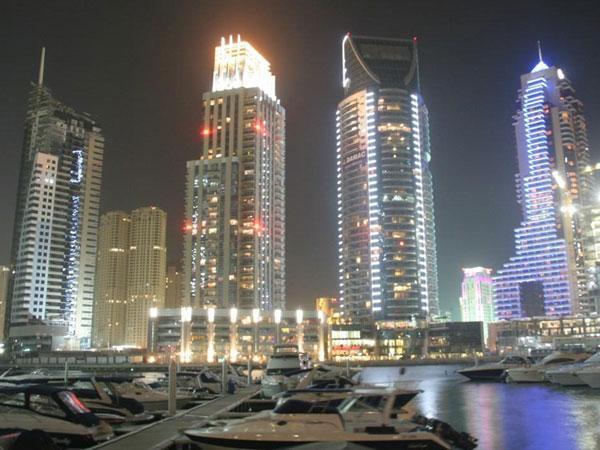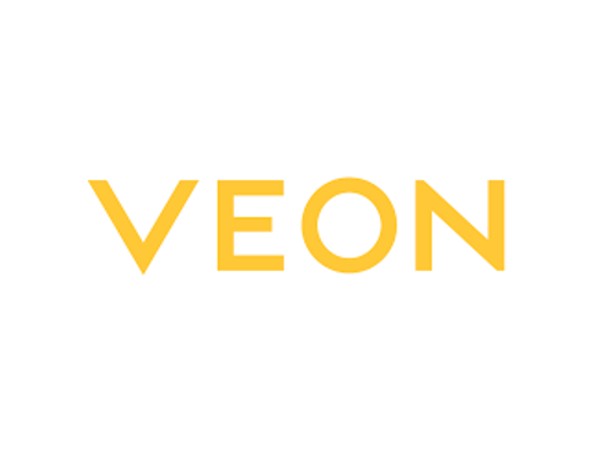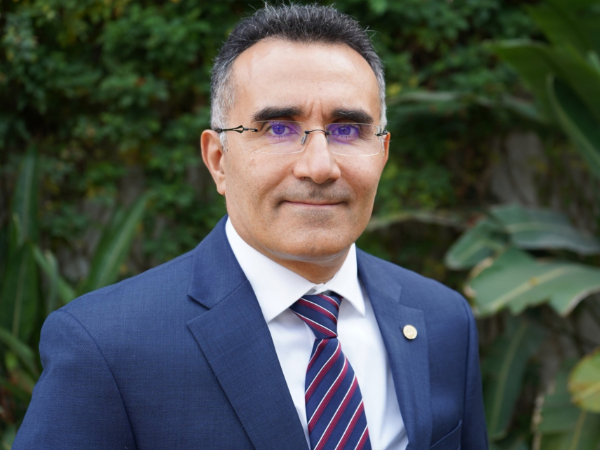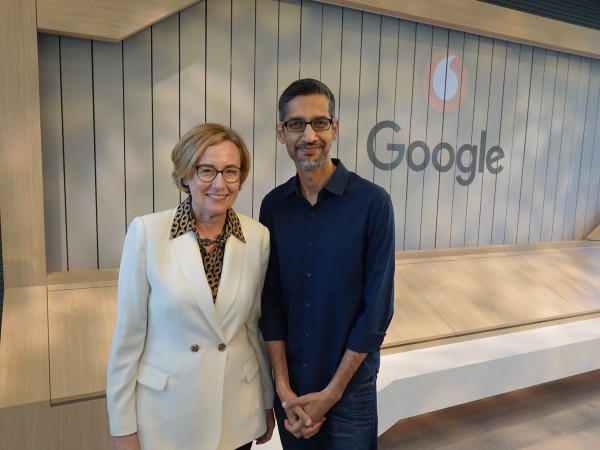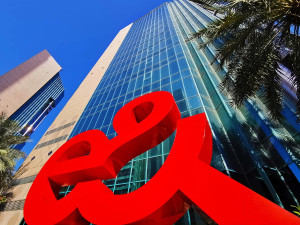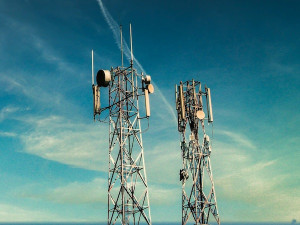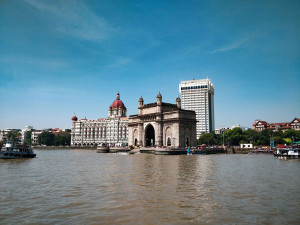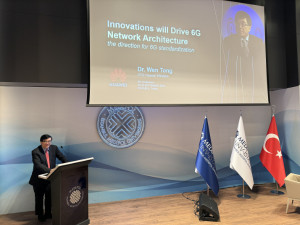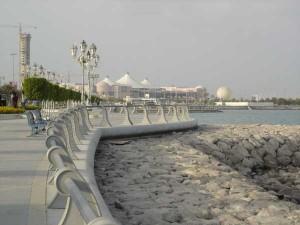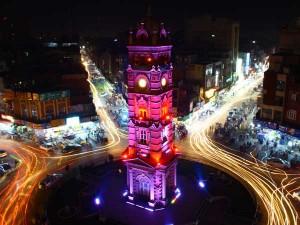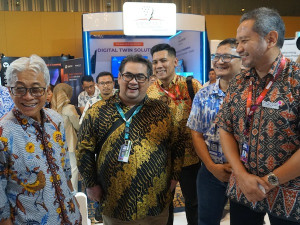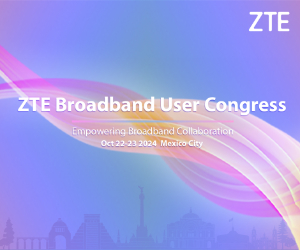As the ITU prepares to hold the World Telecommunications Standardization Assembly (WTSA) in India – the first time the event has ever taken place in Asia – we spoke to Bilel Jamoussi, Deputy-Director of the Telecommunication Standardization Bureau (TSB), to discuss how the experiences of developing countries are essential for informing the standardisation process.
What are the key goals of the event?
WTSA is an assembly that the ITU organises every four years, bringing our 194 member states, 1000 private sector entities and 200 academia from around the world to prioritise the standards plan for the next four years and appoint the leadership team of the various groups that develop standards. The focus is on bridging the standards gap, industry engagement, and being inclusive of women and youth as we go forward, to increase the gender balance of standards leaders and participants. We also need to develop a succession plan, because a lot of the standards experts have been around for a long time, and we need to ensure that the youth, universities and academia etc are engaged.
India is a big manufacturer and a technology hub. What is the significance of India hosting WTSA for the first time?
I think India has been rising in terms of active participation in the ITU overall, and particularly in the standards sector by hosting this first assembly. This is certainly a demonstration of Indian leadership in the tech sector and commitment by the hosting. When you look at the high-level participants - from Prime Minister Modi to all the ministers of telecom, the State Minister, the Federal Minister to all the companies and CEOs that will be coming from India to the inauguration ceremony at the IMC.
It is not surprising given the advances in technology in India’s telecoms & ICT - things like Aadhaar for the unique identifier, like UPI (universal payment interface) that is now used for more than a billion people in India to make payments electronically. Connectivity in India is amazing with fibre optics and 5G, which is the first strategic priority of the ITU - to connect the world. India is certainly one of the countries that is rapidly connecting every city and every rural area, every village, and then you add the digital transformation with the DPI stack. Those are certainly in line with our priorities as ITU.
What kind of impact has standardisation had in emerging markets? For example, has UPI facilitated the spread of technologies such as mobile money that have been hugely successful in many of these regions?
The first one is the connectivity standards - more than 90% of internet traffic runs on fibre optics standardised by the ITU, and that is the building block for any digital implementation. As you move up the stack, things like the video coding: 80% of the internet traffic is video using the ITU standard codec developed with ISO and IEC. Telephone numbers [are] an ITU standard, and today connect 9 billion devices for people to talk, but also close to 5 billion machine-to-machine IoT devices.
After Covid, it became clear for developing countries that they needed to have digital infrastructure and digital transformation. The ITU has been working since 2014 on digital financial services with the World Bank, with some funding from the Gates Foundation. Our first financial inclusion Global Initiative meeting was in Bangalore, India in 2017, and since then we have seen how rapidly India is moving with digital ID such as UPI, so that's another example of ITU security standards and QoS standards that are enabling countries to connect to the banking sector and use their mobile phone to transact money. The World Bank Index says that 1.7 billion adults don't have a bank account, but two thirds have a mobile phone, so having digital financial services - mobile payment - is a very easy way to bank people and include them in the banking sector.
A third example that has been quite popular in developing countries is the implementation of United for Smart & Sustainable cities key performance indicators. This is an ITU standard present in more than 200 cities around the world that measures the city’s intelligence and sustainability by collecting 130 data points to help develop a strategic master plan.
Many emerging markets, including countries in Latin America and Africa, are not manufacturers of telecoms equipment - why is still important for these countries to be involved in the standardisation process?
Two reasons - one is the development of the standard. If only 40 countries that are developed are participating, we're missing out on the requirements of the other 180. We're also missing out on the innovation that happens in developing countries - take M-PESA, for example, for mobile payment in Kenya. Many of the new connectivity [innovations], solar panels and so on, happen in developing countries because of necessity, so when manufacturers are building solutions for the future, if they don't have the developing countries around the table, they miss out on the real requirements for the growth market. That's why our private sector is very excited coming to the ITU, because they find the whole world around the table, and then they hear from developing countries about their requirements. 2.4 billion people are still not connected, and they are in developing countries. Most developed countries have fantastic digital infrastructure but developing countries don't - they don't have a digital ID, they don't have a payment system etc. From a development perspective, it's important to have the countries around the table to articulate what they need and how they would deploy things.
The second is the implementation. If a developing country has not been part of the journey to get a standard developed, they would not be able to implement it. By having experts from the regulator, from the ministry, from some of the SMEs, also from academia and universities, if they are in the process of the development of the standard, they hear all the debates between the big companies and the small companies. Then, when the standard is published, they have all the background behind it, so the implementation becomes a lot easier.
To the average citizen in these markets, the standardisation process is perhaps a bit abstract -it's not necessarily something that they feel is going to have a direct impact on them. Why should they care about it?
Let me give you the example of artificial intelligence: in the ITU, we've been working on ‘AI for Good’ since 2017 to look at how AI can help accelerate the sustainable development goals, and we've been working with standards development organisation partners - like ISO, NIC, IEEE - but also with other UN organizations, like WHO on AI for Health, with FAO (Food and Agriculture Organization) on AI for Agriculture.
For developing countries who are really grappling with AI and how to use it and how to implement it, and [are concerned] that AI is increasing the digital divide: coming to WTSA, and having all the world experts run this summit and share how we are collaborating and how it's going to impact these countries means they have something that is approved by the entire assembly, that has all countries and all the private sector around the table that will increase the safety of AI. For developing countries, having a standard and having an implementation that can help them, and guidance from the ITU and other UN agencies, goes a long way in bridging that gap.
As the technology continues to advance, how do you see the role the developing markets play in in the standardisation process evolving?
Rising. When I started in the ITU in 2010, we probably had 20 or 30 countries that participated at WTSA. We have 140 countries registered to come with 30 ministers, mostly from developing countries. The fact that India is hosting this event, we see a trend of rising participation and implementation of international standards by developing countries.
For example, Burkina Faso hosted two of our regional study groups last year: one related to IoT and smart cities, another related to environmental efficiency and how to deal with E-waste. There is a lot of E-waste dumping around the world, and [we need] international standards on how to manage e-waste, how to do the recycling and how to turn a problem into business opportunity. We published a use case of E- waste management in Costa Rica with UNIDO that has been tremendous in terms of turning tons of E-waste into money, essentially by recycling. Having a standard on how to recycle, how to have a circular economy - that has been one of the standards in the ITU on environmental efficiency and E-waste reduction that is critical, especially for developing countries. With the smart sustainable cities study group in Burkina Faso, running the KPIs and going through the process of collecting the 130 data points allows the minister to have an idea of what's missing. What are the data points that are not being collected? How do we put the process in place to collect that data?
The journey of implementing a standard is a learning process. In addition to interacting with ministries and regulators, we have programs to work directly with universities, such as our challenge series: we pose problem statement, and give participants a set amount of time to develop software or to build a solution using AI and machine learning. We provide the compute platform through Amazon Web Service; all they need is a laptop and a connection from Burkina Faso, Tunisia or any developing country. Through that process, we've been engaging close to 20,000 students and professors from Nigeria, from Tunisia, from many developing countries in Africa and Latin America and Southeast Asia, who are active in not just paper standards, but also the open-source implementation of standards.
Environmental standards are particularly relevant in emerging markets as it’s often these countries that are feeling the effects of climate change more directly. How does being involved in setting standards on e-waste and energy efficiency help developing markets capitalise on the opportunity both to develop business cases around sustainability as well as ensure their needs are heard going forward?
Our standards go beyond E-waste, we also look at the measurement of energy efficiency, the impact of ICT on the environment, and how ICT mitigates energy use in other sectors. Teleworking is a simple example – if you work from home, you’re saving on using your car and the CO2 emission. That’s one example of direct mitigation, but we have many measurement tools, because it's important when you want to hold companies or people accountable for the CO2 emission to be comparing like for like, and that's where international standards on the measurement of ICT impact is important. We have published those for many years jointly with ETSI, the European Telecom Standards Institute, and they have been adopted around the world.
On AI and the environment, on one hand, AI uses more power via data centres to process queries and run the algorithms. But AI is a very useful tool to mitigate energy use in other sectors by designing cities more intelligently. For instance, if you have big data of the mobile phone usage in the morning – anonymously - you can optimise the bus routes to get them closer to the actual users. That's another simple example of how machine learning could be used to reduce energy consumption in other sectors.

